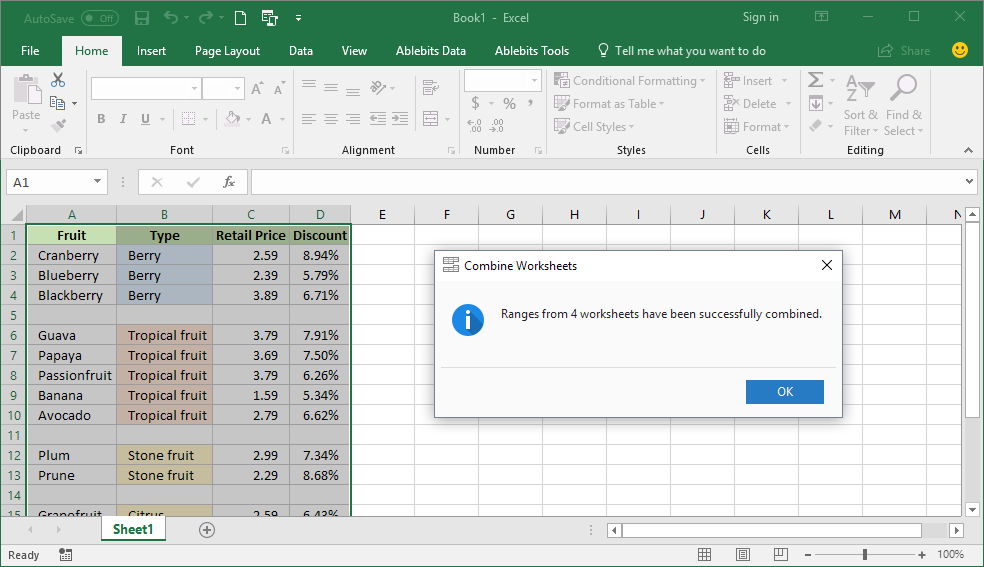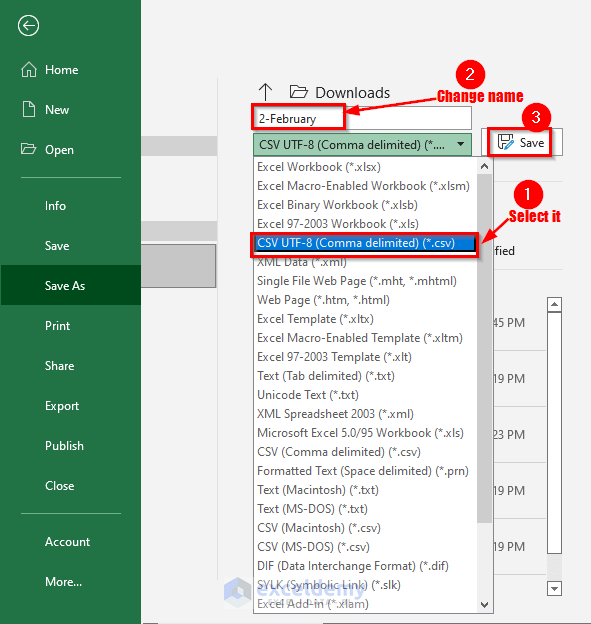How To Merge Rows From Different Sheets In Excel

In the dynamic world of data management and analysis, Microsoft Excel stands out as a versatile tool for organizing and manipulating information. Whether you're compiling monthly sales data from various regions or consolidating departmental expense reports, the ability to merge data from different sheets is crucial. This detailed guide will walk you through the steps on how to merge rows from different sheets in Excel using several effective methods. Let's dive into the specifics of merging data effectively and accurately.
Understanding the Need for Merging Data

Before we delve into the technical aspects, let’s quickly understand why merging data is important:
- Efficiency: Consolidates data from multiple sources into one view, reducing the time spent switching between sheets.
- Accuracy: Minimizes errors that can occur from manual data entry or when dealing with complex datasets.
- Analysis: Facilitates a comprehensive analysis by merging different datasets, which is particularly useful for trend analysis or comprehensive reporting.
Preparation

Before you start merging data, ensure that:
- Your sheets are formatted consistently, especially the headers if merging rows by matching column names.
- You’ve identified the key columns to match the data across sheets.
- Your data is clean with no extra spaces or mismatches in formatting.
Method 1: Using Excel Formulas

If your data is structured and you’re looking to merge rows based on matching criteria, formulas are your best ally. Here’s how:
- IFERROR and VLOOKUP: Use VLOOKUP to pull data from another sheet. The IFERROR function can wrap VLOOKUP to handle potential errors:
- INDEX and MATCH: For more control over matching columns:
- ARRAY FORMULA: For merging multiple columns:
=IFERROR(VLOOKUP(A2,Sheet2!A:B,2,FALSE),“”)
=INDEX(Sheet2!B:B,MATCH(A2,Sheet2!A:A,0))
=IFERROR(INDEX(Sheet2!B:Sheet2!D,MATCH(1,(Sheet2!A:A=A2)*(Sheet2!B:B=B2),0),{1,2,3}),“”)
⚠️ Note: ARRAY formulas must be entered with Ctrl + Shift + Enter in older versions of Excel.
Method 2: Power Query

Power Query is an Excel feature that provides a robust way to merge data:
- Open Power Query Editor from the Data tab.
- Merge Queries:
- Select one table, then from the “Home” tab, click “Merge Queries” > “Merge”.
- Select the second table and choose the key columns to merge on.
- Expand the merged data by selecting the columns you want to include from the second table.
Method 3: Using VBA (Visual Basic for Applications)

Here’s how you can use VBA to automate the merging process:
- Press Alt + F11 to open the VBA editor.
- Insert a new module and enter the following code:
Sub MergeDataFromSheets() Dim ws1 As Worksheet Dim ws2 As Worksheet Dim lastRow As Long, lastCol As Long Dim rng1 As Range, rng2 As Range Dim i As LongSet ws1 = ThisWorkbook.Sheets("Sheet1") Set ws2 = ThisWorkbook.Sheets("Sheet2") lastRow = ws2.Cells(ws2.Rows.Count, "A").End(xlUp).Row lastCol = ws2.Cells(1, ws2.Columns.Count).End(xlToLeft).Column For i = 2 To lastRow 'Assuming row 1 has headers Set rng1 = ws2.Range(Cells(i, 1), Cells(i, lastCol)) Set rng2 = ws1.Range("A" & ws1.Cells(ws1.Rows.Count, "A").End(xlUp).Row + 1).Resize(, lastCol) rng1.Copy rng2.PasteSpecial xlPasteValues Next i Application.CutCopyMode = False
End Sub
Method 4: Manual Copy and Paste

If your datasets are relatively small, you might opt for the manual approach:
- Copy the range of cells from one sheet, switch to the destination sheet, and paste the data there.
- To prevent overwriting, ensure you start pasting at the first empty cell below your existing data.
❗ Note: Manual methods can lead to errors if not careful, particularly with large datasets.
Summary

The above methods provide various ways to merge rows from different sheets in Excel, each suited for different data sizes and user proficiency levels. Whether you prefer the automation of Power Query, the coding flexibility of VBA, or the simplicity of Excel formulas, Excel offers the tools to streamline this task.
Can I merge rows from sheets with different structures?

+
Yes, but this requires more effort in preprocessing. You’ll need to standardize your data structure first, perhaps by aligning column headers and data formats.
What if I have unique rows in each sheet?

+
When merging sheets with unique data, you’ll need to use methods like Power Query or VBA to append rows rather than simply matching and overwriting.
Is there a limit to how many sheets I can merge?

+
Excel doesn’t set an explicit limit on the number of sheets you can merge, but your computer’s memory and Excel’s processing capabilities might be constraints to consider for very large datasets.



